Penstemon Husker Red is a gorgeous perennial that adds striking color and texture to gardens. Its rich reddish-purple foliage and bright pinkish-red tubular flowers make it stand out. Like other beardtongues, Penstemon Husker Red is native to North America and attracts pollinators like hummingbirds and butterflies.
When you plant Penstemon Husker Red, pick companion plants that will make it look even better. The right plants will go well with its colors, grow in the same way, and need the same amount of care. Here are some of the best plants to grow with Penstemon Husker Red.
Complementary Color Companions
Penstemon Husker Red’s foliage provides a dramatic backdrop for plants with lighter and brighter blooms, Here are some top choices
- Catmint (Nepeta) – Blue flowers
- Coral Bells (Heuchera) – Coral blooms
- Baby’s Breath (Gypsophila) – Tiny white blooms
- Purple Coneflower (Echinacea purpurea) – Pinkish-purple blooms
The bright flowers of these plants contrast nicely with Husker Red’s deep reddish-purple foliage. Catmint and coral bells also come in shades like white and pink that pair well.
Texture and Height Companions
Plants like ornamental grasses complement Penstemon Husker Red’s finer texture. Grasses with purple tones enhance the color scheme. Some options:
- Dwarf Fountain Grass (Pennisetum alopecuroides ‘Hameln’) – Grows up to 2 feet tall
- Purple Moor Grass (Molinia caerulea subsp. arundinacea ‘Skyracer’) – Grows around 6 feet tall
- Purple Love Grass (Eragrostis spectabilis) – Grows 1 to 2 feet tall
Purple moor grass and other tall grasses can be used as a background, while dwarf fountain grass can be used as a textural foreground. Love grass blends nicely at a similar height.
Native Plant Companions
Because Penstemon Husker Red is native to North America, it pairs well with other native plants. Some choices:
- Black-Eyed Susan (Rudbeckia hirta) – Yellow and brown blooms
- Blanket Flower (Gaillardia) – Red and yellow blooms
- Purple Coneflower (Echinacea purpurea) – Pinkish-purple blooms
- Bee Balm (Monarda didyma) – Shades of red, pink, purple blooms
Like Penstemon, these native prairie wildflowers draw in bees, butterflies, and hummingbirds. They grow to be 1 to 3 feet tall, match its color, and do best in hot, dry places.
Drought-Tolerant Companions
Since Penstemon Husker Red is drought-tolerant, pairing it with other drought-resistant plants is wise. Some options include:
- Russian Sage (Perovskia atriplicifolia) – Purple blooms
- Stonecrop Sedum (Sedum sp.) – Shades of yellow, pink, white blooms
- Yucca (Yucca filamentosa) – Creamy white blooms
- Lavender (Lavandula angustifolia) – Purple blooms
These plants withstand heat and require very little water once established. Yucca and lavender have gray-green foliage that complements the rich red-purple leaves of Penstemon.
Best Shrubs and Trees as Backdrops
Plant taller shrubs or small trees behind Penstemon Husker Red to act as a backdrop that shows off its gorgeous colors. Some ideal choices:
- Serviceberry (Amelanchier) – White spring blooms, red fall color
- Smooth Sumac (Rhus glabra) – Red fall foliage
- Oakleaf Hydrangea (Hydrangea quercifolia) – White blooms, red fall color
These plants provide vertical interest and colorful flowers or foliage. Their height draws the eye upwards to appreciate the full beauty of Husker Red at their feet.
By combining Penstemon Husker Red with plants that have contrasting or coordinating colors, complementing textures, shared growing needs, and attractive heights, you can create a stunning and cohesive garden display. Experiment with these companion plants to design a personalized planting that really makes this penstemon shine.
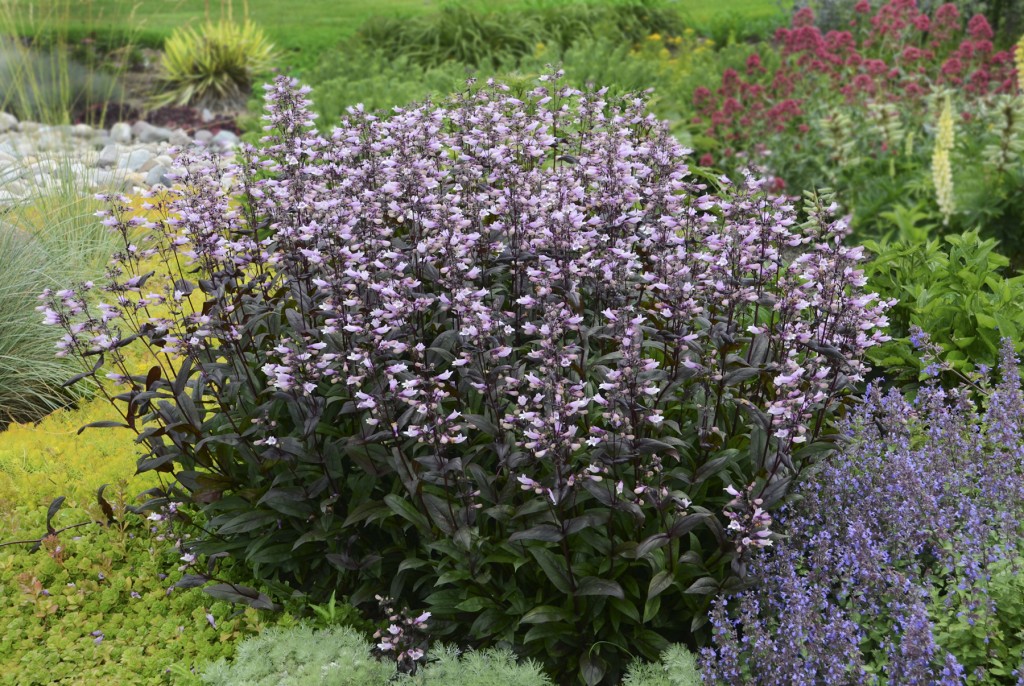
Ask Your Gardening Question
If you’re unable to find the information you need, please submit your gardening question here:
Latest from Wisconsin Yard & Garden
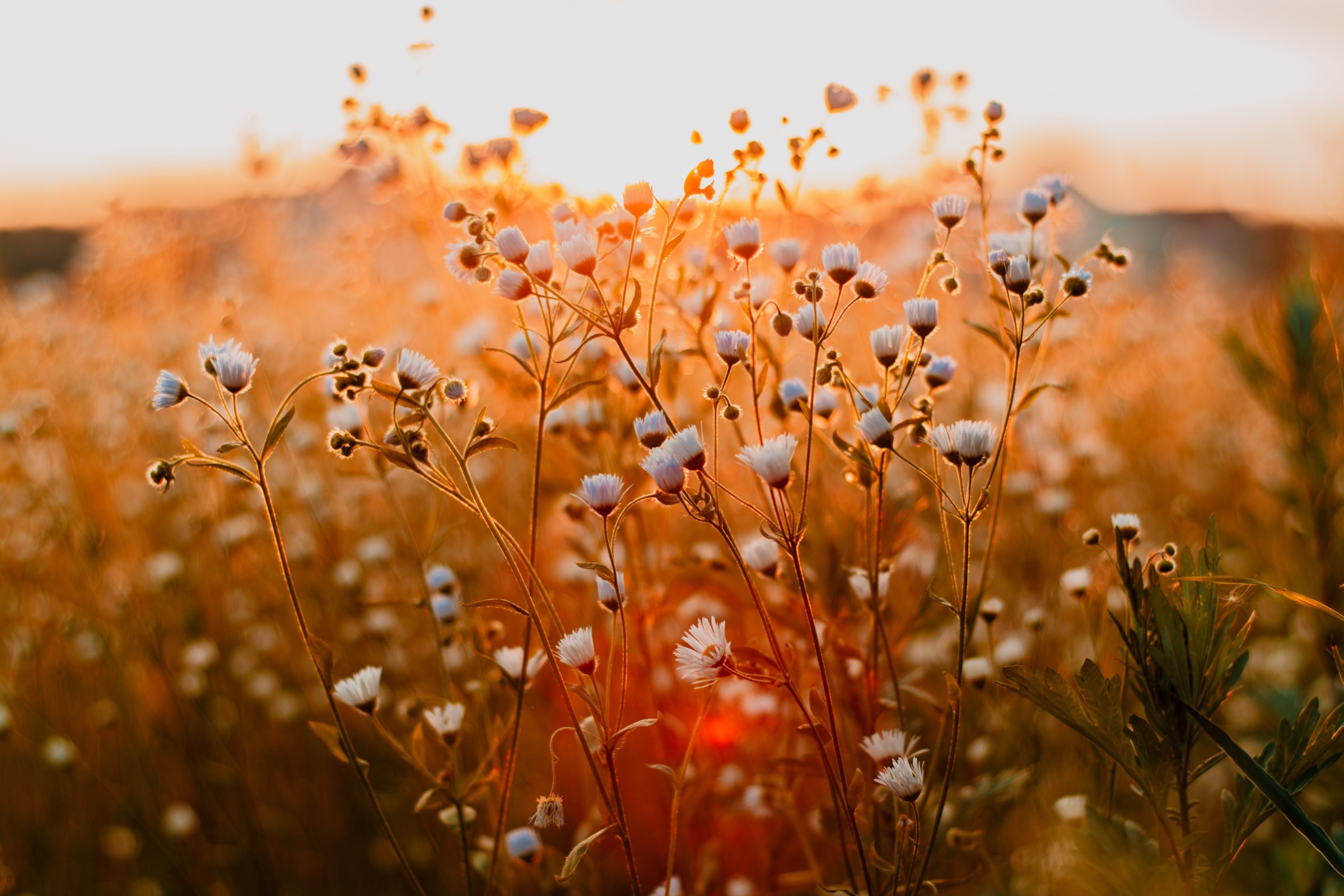
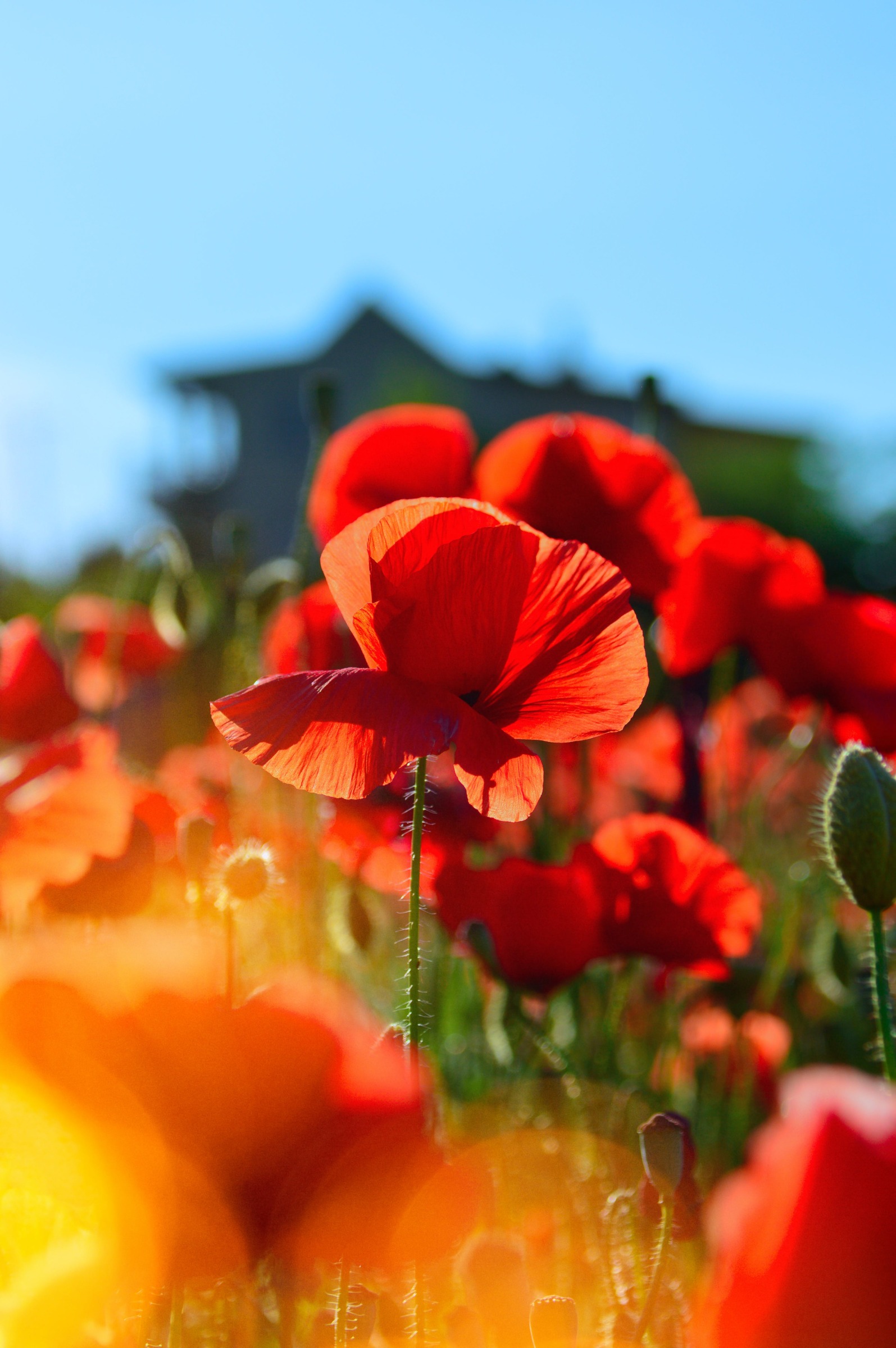
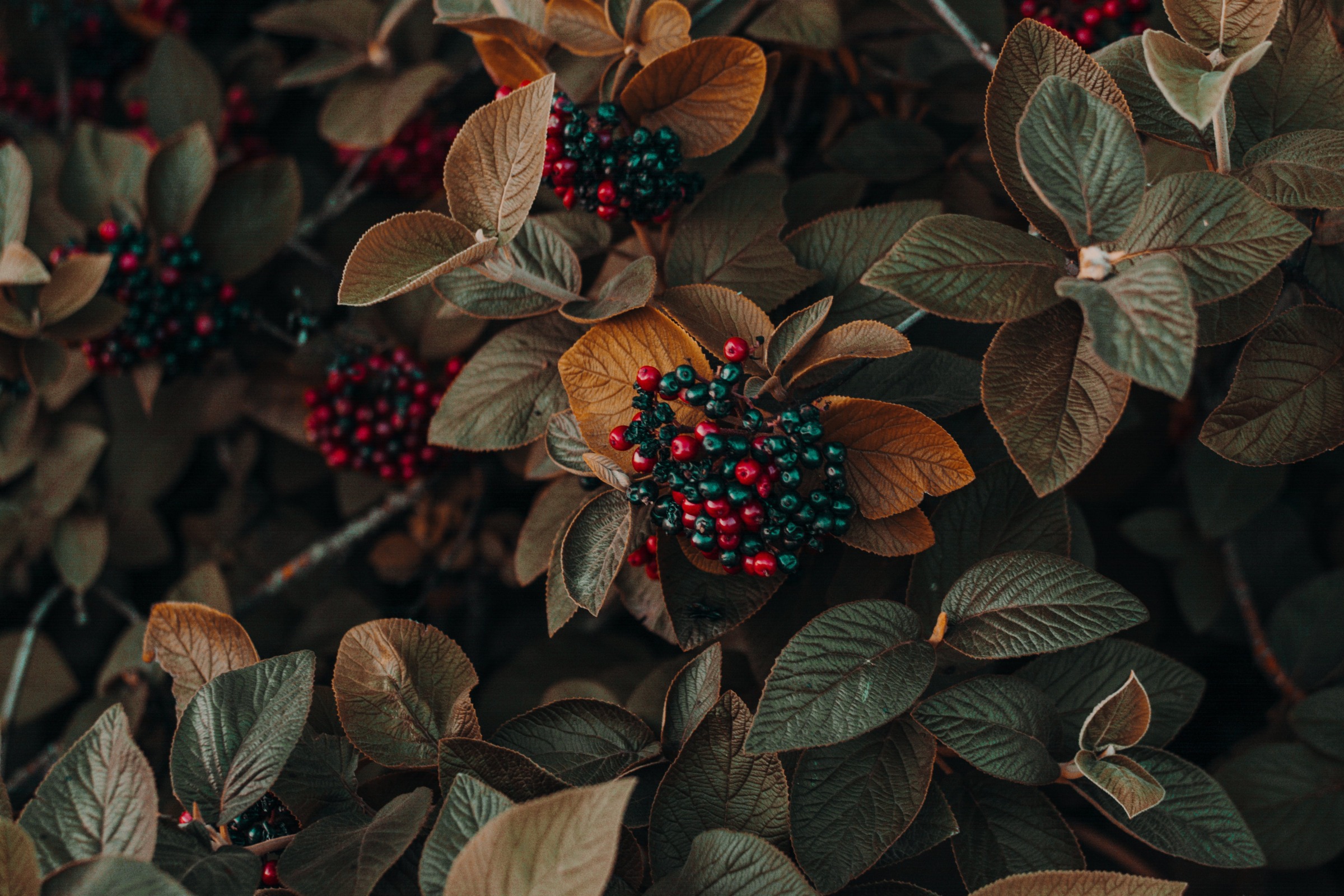
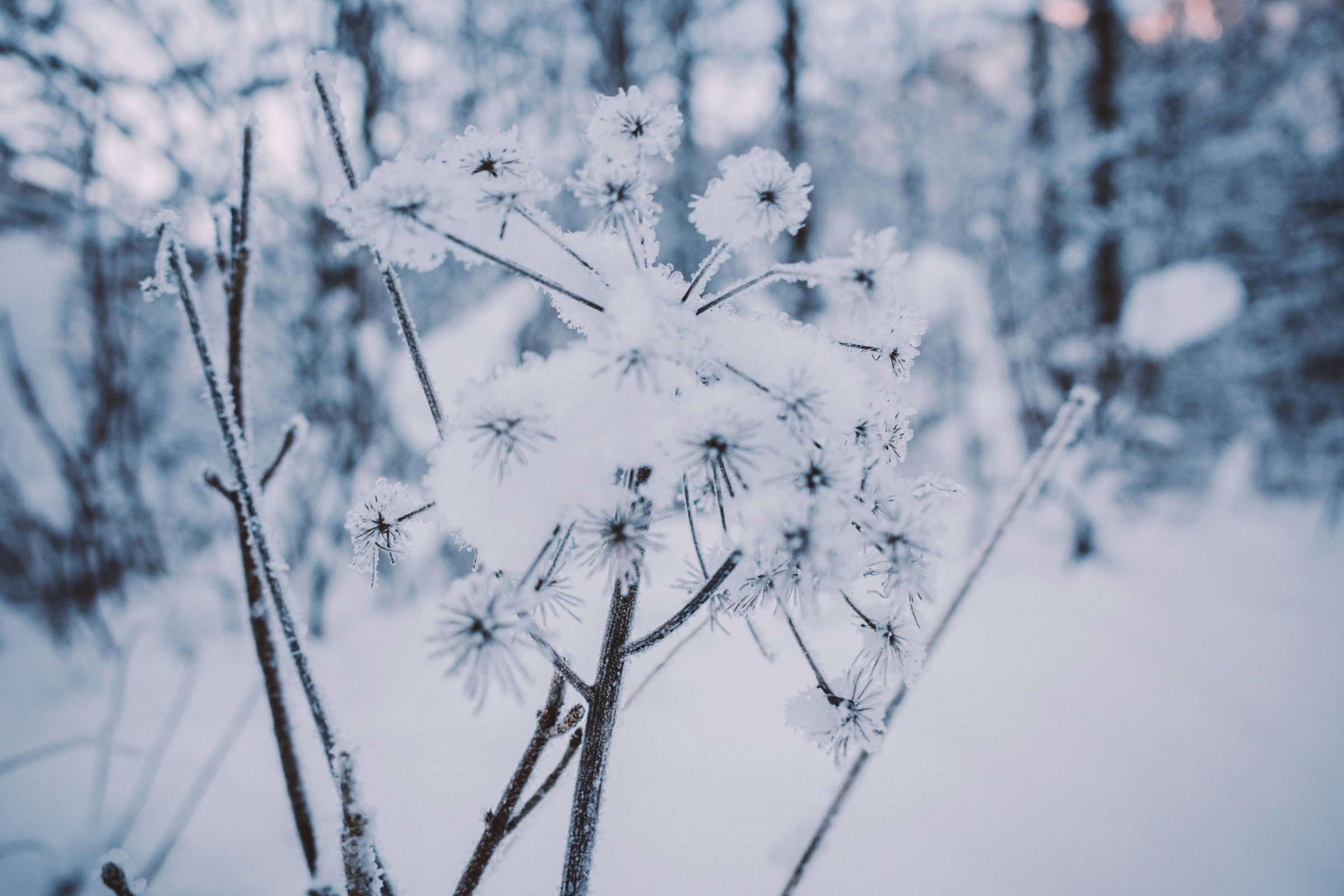
Meet The Perennial Penstemon ‘Husker’s Red’
FAQ
What plants go well with penstemons?
Companion Plants for PenstemonAchillea (Yarrow) Achillea (Yarrow) . Echinacea (Coneflower) Read More. Lavandula angustifolia (English Lavender) Read More. Nepeta (Catmint) Read More. Rosa (Rose) Rosa (Rose) . Salvia (Sage) Read More. Sedum (Stonecrop) Read More. Rudbeckia hirta (Black-Eyed Susan).
How big do Husker Red penstemon get?
Size: This Penstemon grows vigorously to 30-36 inches tall (75-90 cm) and 15-18 inches wide (37-45 cm) and adds lovely vertical lines to the landscape. Flowers: The tall, deep wine-red stems have about 50 big, bell-shaped, white flowers with a touch of light pink.
Where is the best place to plant penstemons?
Frequently Asked Questions. Where do penstemons grow best? Penstemons thrive in areas with full to partial sun and well-draining soil.
Will Husker Red penstemon rebloom?
Plant Care: Perennial – Herbaceous (soft-stemmed plants that die back in winter and regrow in spring): Remove spent blooms to promote rebloom later.
